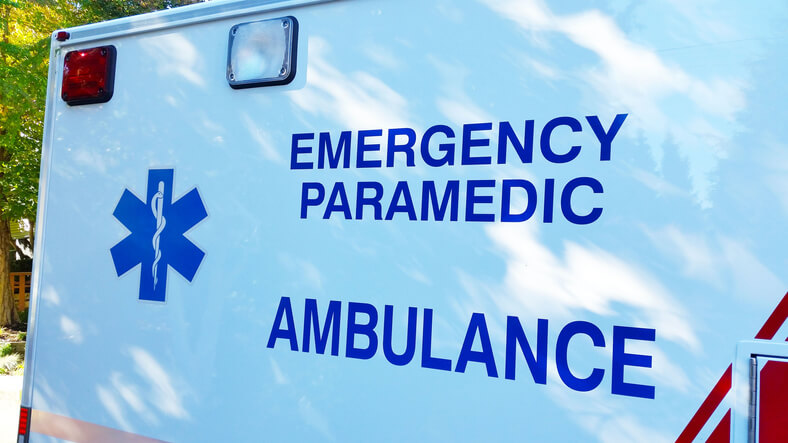
Emergency personnel and first responders are surrounded by a vast assortment of equipment every day. From cardiac monitors to suction units to airway supplies to IV medications—you name it, you have access to it on your rig or in your department.
But not all equipment and supplies are created equally.
Comprehensive and reliable trauma kits are essential for saving your patients’ lives and are your go-to for all things trauma. These kits need to be able to carry all essential supplies, be well-organized, and small and lightweight enough to easily carry.
We’ve compiled a list of the best EMS trauma kits—what they are, why they are the best, and what essential items are contained in each—so that you can make sure your rig or department has access to these kits.
1. General trauma kit
Don’t underestimate the general trauma kit. This is not the place for sub-par equipment or bags that are not filled with essential tools. The best general trauma kits focus on your basic trauma needs—airway, breathing, circulation.
As with any aspect of EMS, airway is the priority. The best general trauma kits are well-organized and have a comprehensive selection of advanced airways, as well as oral and nasopharyngeal airways.
One component that may be overlooked is the selection of oral suction tip catheters. These are not all the same—you need a suction tip catheter that rapidly removes oral airway contaminants continuously so that you can focus on clearing and securing your patient’s airway.
The best general trauma kits have oral suction catheters that can help you clear your patient’s airway in a more rapid and efficient manner. Consider keeping a hyper-flexed catheter made specifically for removal of copious amounts of contaminants in your general trauma kit, such as the SSCOR SDC Catheter™ (Formerly the SSCOR DuCanto Catheter®). This catheter can be used in everyday suction scenarios or in general trauma emergencies, making it a great choice for your general trauma kit.
2. Pediatric response kit
Your pediatric trauma patients require different supplies than your adult patients. Unique items in your pediatric trauma kit may include:
- Pediatric measuring tape
- Weight-dependent and non-weight-dependent medication and supplies
- Appropriate-sized equipment, such as bandages and various airway options
Another piece of equipment that is essential in caring for your pediatric trauma patient is a portable suction unit that is easily adjustable to various suction settings so you can accommodate your pediatric patients.
Traumas involving children create more stress than those involving adults. Make sure you are equipped with the best pediatric response kit and suction unit in order to be prepared for these calls and decrease your stress level.
3. Tactical response kit
Unfortunately, responding to active shootings and large-scale violence is the new normal for EMS professionals. The need for a small, portable, lightweight, and comprehensive tactical trauma kit cannot be overemphasized.
Again, airway is high priority. Having the right equipment for these situations means having a suction unit that is battery-operated, lightweight, portable, and rugged. The best tactical response kits have these units stored with all disposables for quick suctioning in the most urgent situations. The best suction units for tactical responses are those that do not require continuous charging and can be stored in a tactical bag with minimal degradation of their battery voltage.
All EMS trauma kits and equipment are not created equally. The best kits are those that are not only comprehensive, but also portable and lightweight. Kits that prioritize airway management with efficient, portable, and rugged suction units will always be more reliable. If you or your team need help in choosing your next equipment, download our free guide: The Ultimate Guide to Purchasing a Portable Emergency Suction Device.















